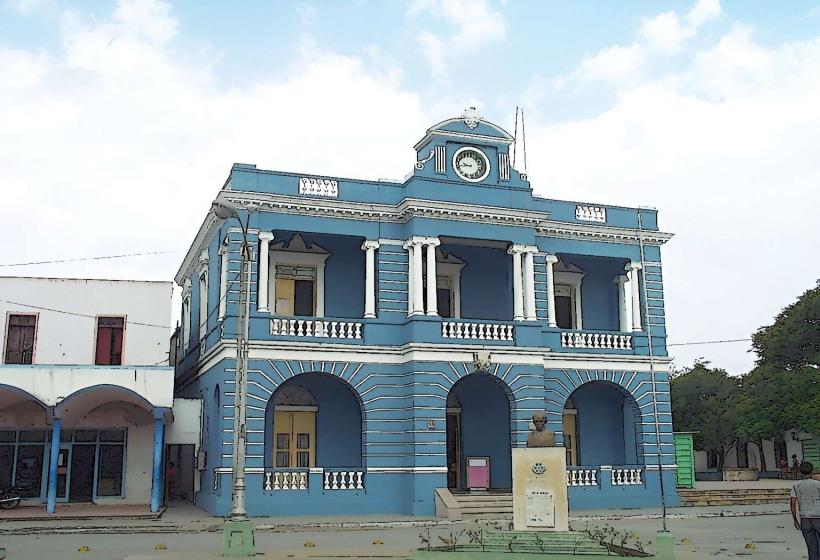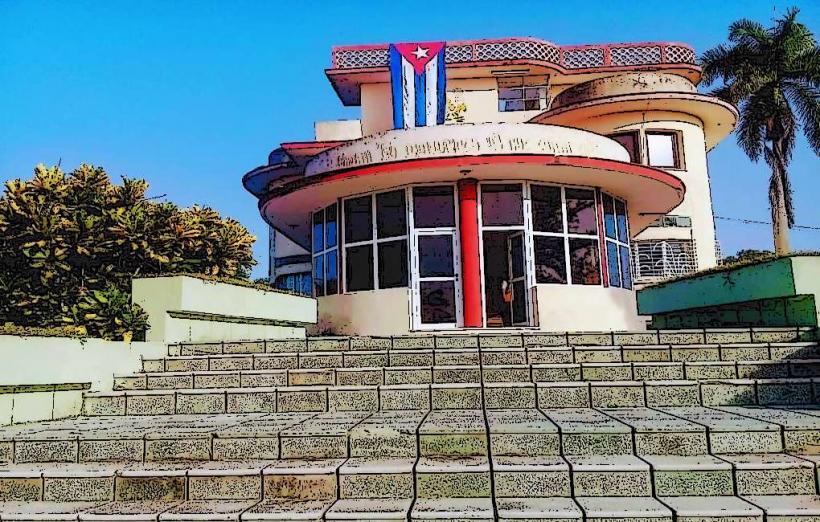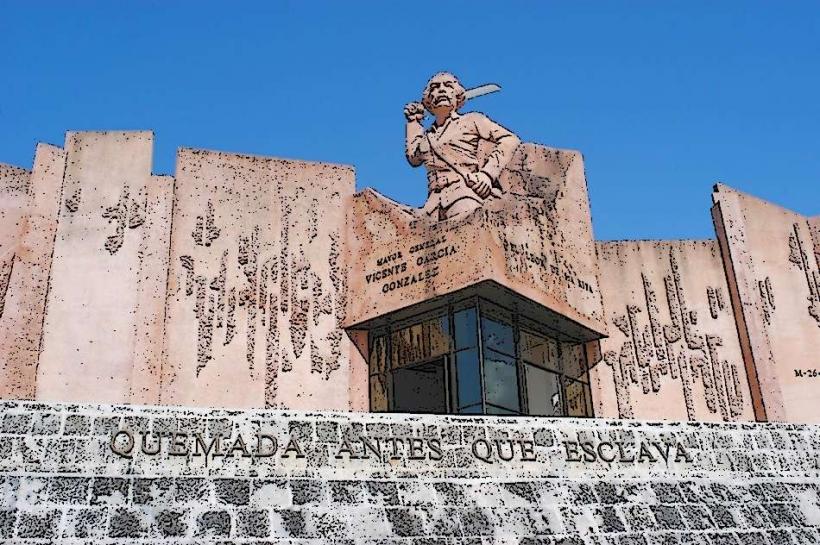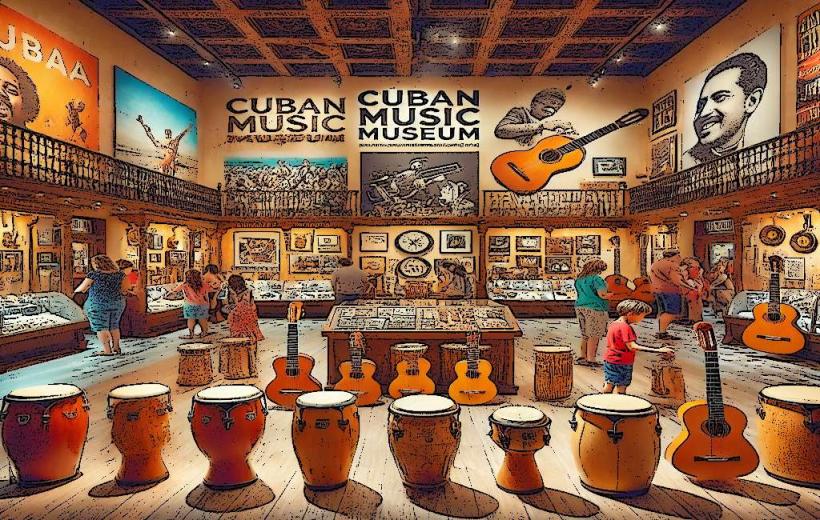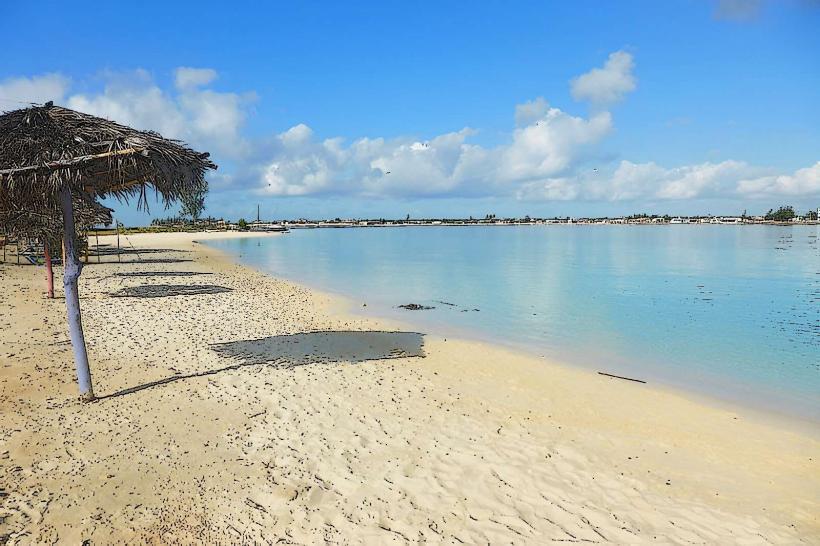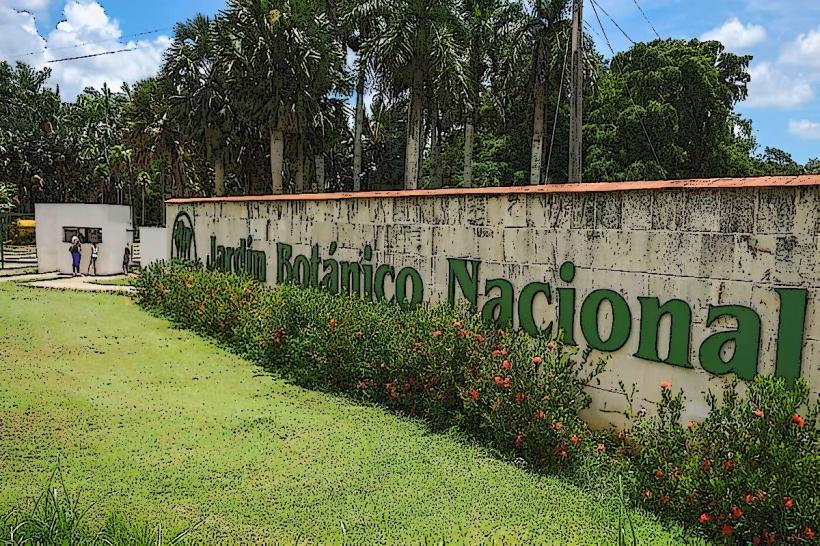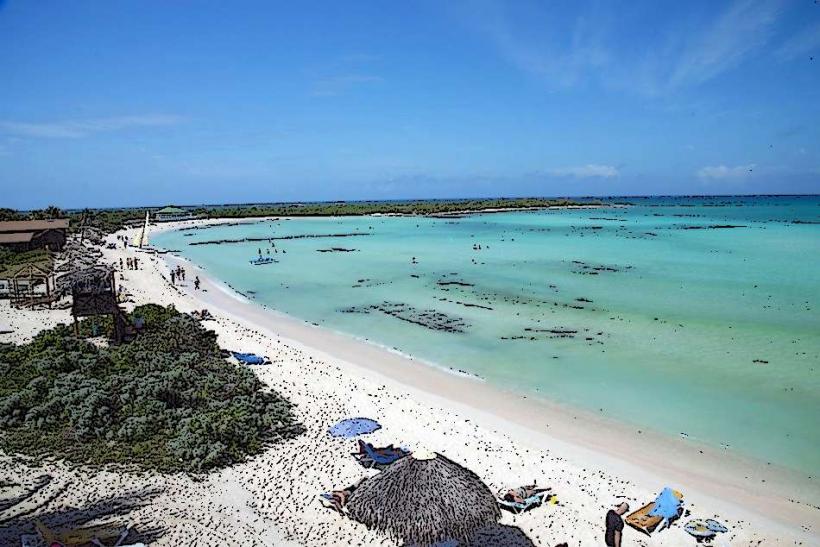Information
Landmark: José Martí PlazaCity: Las Tunas
Country: Cuba
Continent: North America
The José Martí Plaza in Las Tunas, the capital city of Las Tunas Province in eastern Cuba, is an important public space dedicated to José Martí, Cuba's national hero and leader of the independence movement. Like other plazas named after Martí, it holds significant cultural, historical, and civic importance. Here's a detailed look at the José Martí Plaza in Las Tunas:
Historical and Cultural Significance:
- Named After José Martí: The plaza is named in honor of José Martí, the Cuban poet, journalist, and revolutionary who played a key role in Cuba’s fight for independence from Spain. Martí's ideas and writings have had a lasting impact on Cuban national identity, and his contributions to the Cuban independence movement make him a revered figure across the island.
- Symbol of Cuban Patriotism: The José Martí Plaza in Las Tunas, like other such squares across Cuba, symbolizes national pride, freedom, and Cuban revolutionary ideals. It is a place where the people of Las Tunas gather to commemorate Martí’s life, his role in Cuban independence, and his continuing influence on the country's politics and culture.
Location and Layout:
- Central Location: The José Martí Plaza is located in the downtown area of Las Tunas, making it easily accessible for both locals and visitors. It serves as a hub for the city’s social and civic activities, as well as a gathering space for public events.
- Open and Spacious Design: The plaza features an open layout with wide pathways and open areas, providing ample space for public gatherings, ceremonies, and celebrations. It is a popular place for people to meet, walk, and enjoy the outdoor environment.
Features and Monuments:
- Statue of José Martí: At the heart of the José Martí Plaza in Las Tunas stands a statue of José Martí, symbolizing his pivotal role in Cuba’s struggle for independence. The statue is a tribute to his legacy, capturing his intellectual and revolutionary spirit. Martí’s likeness is often seen in a dignified pose, emphasizing his significance as both a leader and a philosopher.
- Other Monuments: In addition to the statue, the plaza may feature other revolutionary symbols, such as Cuban flags, plaques, and commemorative stones. These elements reinforce the square’s role as a nationalistic and historical landmark in Las Tunas.
- Landscaping: The plaza is surrounded by greenery, including trees and decorative plants, which provide a pleasant atmosphere for visitors. The lush landscaping adds to the square's aesthetic appeal, making it a peaceful and inviting space.
Role in the Community:
- Civic and Public Events: Like other José Martí plazas across Cuba, the Las Tunas plaza serves as a key location for civic gatherings, commemorations, and public speeches. It is often used for national celebrations, such as Revolution Day (July 26), Labor Day (May 1), and Independence Day. These events are an important part of Cuban national identity and reflect the spirit of unity and solidarity among the Cuban people.
- Political and Revolutionary Symbolism: The plaza also hosts political rallies and speeches, particularly those that align with Cuban socialism and revolutionary ideals. It is a place where local leaders may address the public, particularly during times of national importance.
- Cultural Activities: The José Martí Plaza in Las Tunas is also a venue for cultural activities and performances. These can include art exhibitions, musical concerts, theatrical performances, and other public events that celebrate Cuban culture and heritage. The plaza provides an opportunity for the community to engage with both traditional and contemporary Cuban arts.
Importance for Tourism:
- Historical and Educational Value: The José Martí Plaza in Las Tunas is an important site for visitors interested in learning more about Cuban history and the legacy of José Martí. The plaza is a reminder of Cuba’s struggle for independence, and it is an excellent place to reflect on the country’s revolutionary past and its ongoing commitment to Martí’s ideals of freedom and sovereignty.
- Attraction for Tourists: For tourists exploring Las Tunas, the José Martí Plaza serves as a central location in the city. It offers an opportunity to learn about Cuba’s national history, interact with locals, and experience the cultural vibrancy of the city. Visitors often find the square to be a peaceful yet historically rich site that connects them to the broader themes of Cuban independence and revolutionary spirit.
Conclusion:
The José Martí Plaza in Las Tunas is a key cultural and historical landmark in the city, dedicated to Cuba’s national hero, José Martí. With its statue of Martí, public events, and cultural activities, the plaza serves as a hub for community gatherings, national commemorations, and revolutionary pride. As both a tribute to Martí’s legacy and a space for public engagement, the plaza is an integral part of Las Tunas' social fabric and a must-see for anyone interested in understanding the historical and cultural significance of José Martí in Cuba.

